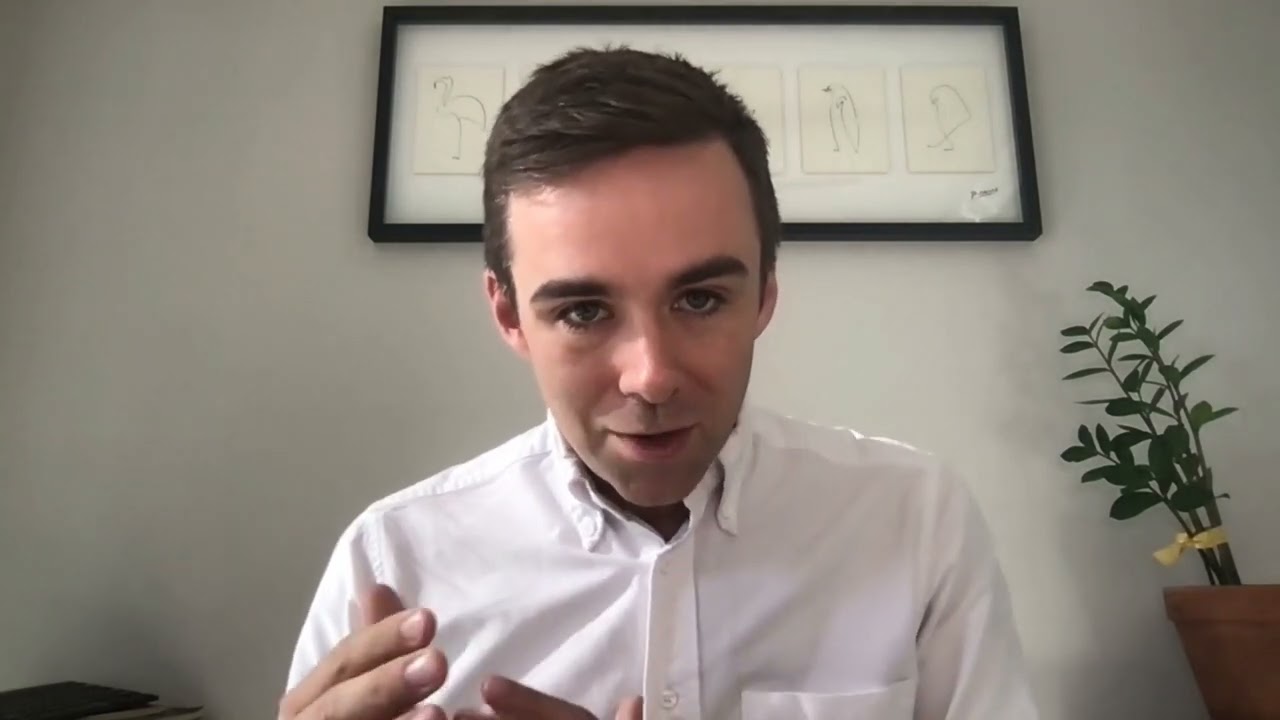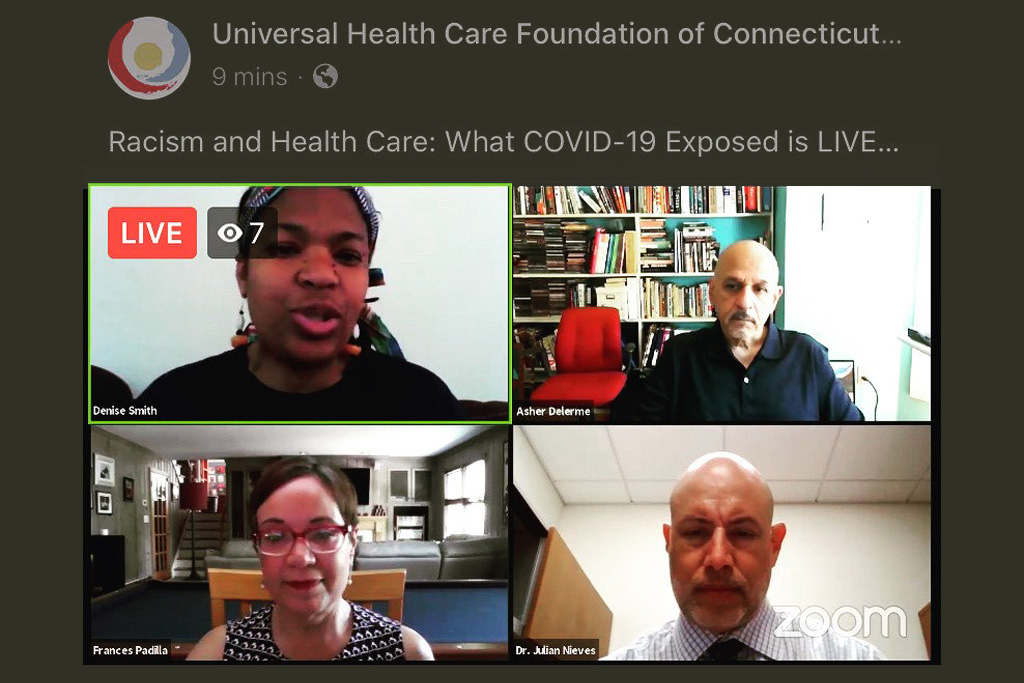ICER’s New Patient Engagement Program: Amplifying the Patient Voice Before, During, and After a Value Assessment
February 20, 2020
Steven Pearson, MD, MSc, Founder and President, Institute for Clinical and Economic Review (ICER)

Recently in this space, I described how patient engagement is the necessary first step for fixing our country’s broken drug pricing system. I also acknowledged that, while the Institute for Clinical for Economic Review (ICER) has aimed to elevate the patient perspective within our research into a drug’s value, we can do better. And that’s what today’s post is all about.
At ICER, we work to bring value assessment out of the back rooms of insurers and manufacturers, and make it a public exercise, transparent and open to scrutiny and input from all. We strive to empower patients and their families to fully participate in every stage of our work, because only with their engagement and partnership will we really meet the ultimate goal of moving our health care system toward a future in which patients and communities have affordable access to the care they need at a price that also sustains innovation. So this past month, ICER launched a new Patient Engagement Program that will augment our efforts to empower and partner with patient organizations to contribute substantively before, during, and even after ICER’s assessments. Our enhanced program includes:
- Offering to Help Patient Organizations Prepare for ICER Assessments: In advance of beginning a new value assessment, we will reach out to disease-specific patient groups to provide an overview of our procedures and promote conversations and connections with other patient leaders who have participated in an ICER review. For patient groups that feel they would benefit from training in the methods of technology assessment and health economics, we will seek to provide that training. For patient groups in major therapeutic areas, we will host an annual discussion of the emerging pipeline of new treatments, get patient input on key priorities, and explore opportunities to gather new data on outcomes of care that matter most to patients and families.
- Using What Matters Most to Patients as the North Star of ICER Assessments: Patients’ lived experience and preferences continue to drive every aspect of our process. We prioritize the clinical benefits that patients cite as the most important, and we provide a platform in our reports and at our public meetings for discussing the non-clinical benefits that may be less measurable but just as important.
- Translating Patient Input into the Economic Model: We will continue to work with patient groups at the outset of each review to determine whether and how patients can contribute empirically to our cost-effectiveness modeling. A key component of this effort is to work with patient groups to identify sources of evidence on patient-reported outcomes and other real-world evidence. Where feasible, we will partner with patient groups to develop and administer surveys to get new data that can be used in the economic model or help us learn more about potential other benefits and contextual considerations surrounding the disease and its treatment.
- Getting Patient Feedback on the Assessment as it Progresses: ICER takes an iterative publishing approach to each of our assessments, engaging with patient organizations over the entire 8-month review process. We’ve established a flexible set of touchpoints that meet patients at their desired level of engagement. All are invited to provide formal written feedback at three distinct times throughout our timeline, and we welcome informal interactions – in-person meetings, phone calls, emails – as our review requires or as the patient chooses.
- Having Patients at the Head Table Throughout Public Deliberation: Patients are active participants at our public meetings, enabling our independent appraisal committee to hear first-hand about the true burden of their disease, what health outcomes matter most, if a treatment has any benefits and disadvantages that may not have been adequately captured in a clinical trial, and the broader context policymakers should consider when evaluating the fairness of a price. In addition to providing prepared testimonials, patient experts are encouraged to interject and answer questions during the voting process, and to recommend new policies that may make the entire health system more patient-centric.
- Partnering with Patient Organizations After the Completion of an ICER Assessment to Encourage the Broader Adoption of Key Policy Recommendations by the FDA: At the conclusion of each review, we will invite participating patient groups for a formal debrief on the experience. In addition, we will offer to co-author and promote a letter to the FDA and other stakeholders with proposals for improving the generation of specific patient-relevant data as part of the drug development process in that disease area. The goal will be to offer our help in promoting research that does a better job of capturing what matters to patients so that patients, clinicians, insurers, and others can fully appreciate the value that effective drugs can bring to patients’ lives.
To provide leadership and guidance for these and other initiatives, ICER is in the process of hiring our first-ever Vice President of Patient Engagement. The chief purpose of this role will be to represent the interests of patients, families, and caregivers throughout ICER’s entire process. But we know it’s not simple to deeply integrate patient voices into the process of technology assessment. We can’t just declare we have a patient engagement program and act as if our work is done. We will need to keep listening, learning, and evolving as patient groups do the same. But the effort will be worth it.
Weighing evidence, uncertainty, hope, need, and money must be something we bring out of corporate backrooms and into the light of public deliberation. And there it is that the patient voice must be the first to be heard.














